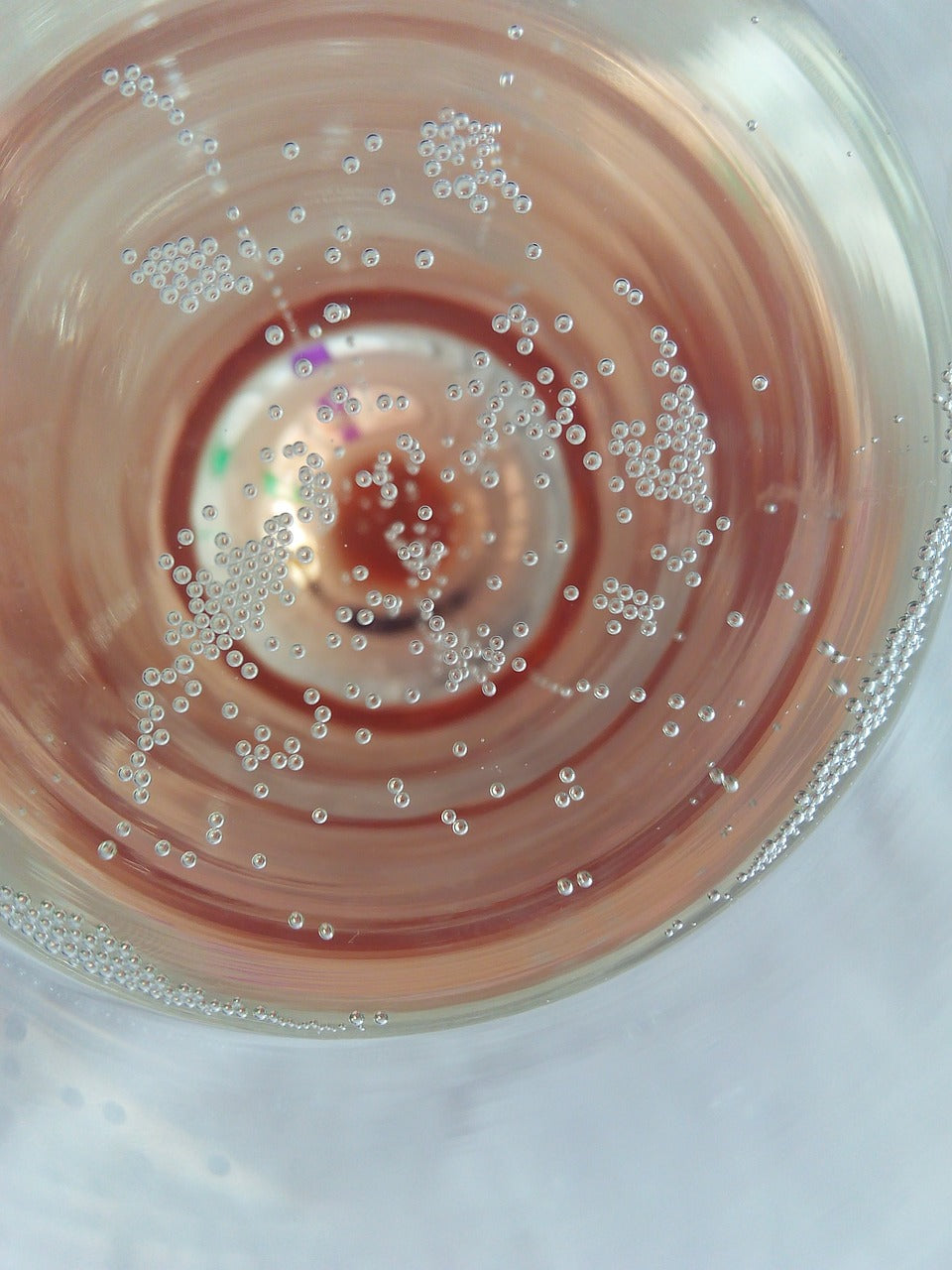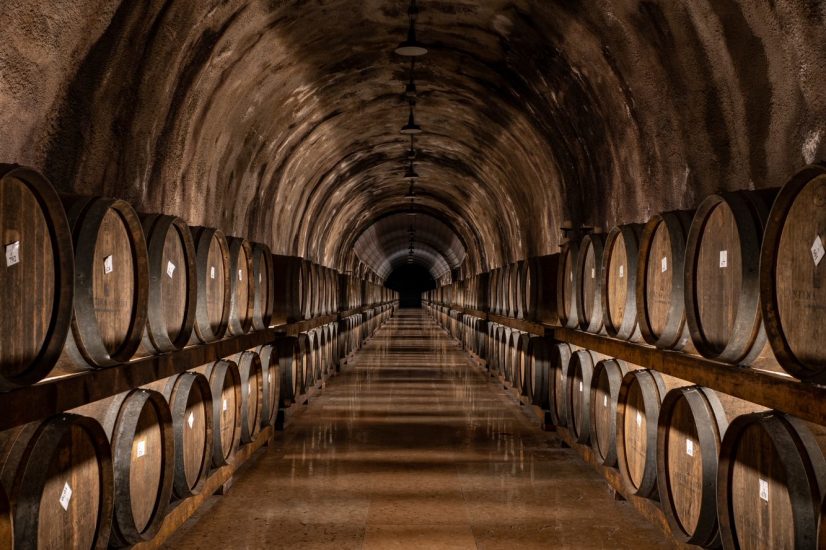
What is a tannin in wine?
When it comes to wine, there are many factors that contribute to its taste and complexity. One of these factors is tannins. But what exactly are tannins and how do they affect the wine you drink?
What are tannins?
Tannins are naturally occurring compounds found in various plants, including grapes. They are part of a group of chemicals called polyphenols, which are responsible for the color, flavor, and mouthfeel of wine. Tannins are most commonly found in red wines, as they are primarily located in the skins, seeds, and stems of grapes.
How do tannins affect wine?
Tannins play a crucial role in the overall structure and aging potential of a wine. They contribute to the wine's texture, giving it a dry and astringent sensation in the mouth. This is why you may sometimes feel a slight puckering or drying sensation when drinking certain red wines.
Additionally, tannins interact with other components in the wine, such as acids and proteins, which can affect its taste and stability. They can help preserve the wine and prevent it from oxidizing too quickly.
What do tannins taste like?
Tannins themselves do not have a specific taste, but they can create a range of sensations in the mouth. In young wines, tannins can be quite aggressive and give a bitter or harsh taste. However, as the wine ages, the tannins soften and become more integrated, resulting in a smoother and more balanced flavor.
How to identify tannins in wine?
One way to identify tannins in wine is by observing its color. Red wines with a deeper, darker hue often contain higher levels of tannins. Another way is through the sensation they create in your mouth. If you feel a drying or puckering sensation, it is likely due to the presence of tannins.
Food pairing with tannic wines
Due to their astringency, tannic wines pair well with rich and fatty foods. The tannins help cleanse the palate and cut through the richness of dishes such as steak, lamb, or aged cheeses. They also complement foods with high protein content, as the tannins bind with the proteins and enhance the overall flavor experience.
Conclusion
Tannins are an essential component of wine, contributing to its structure, flavor, and aging potential. Understanding tannins can help you appreciate and enjoy wine on a deeper level. So, the next time you savor a glass of red wine, take a moment to appreciate the tannins that make it a truly unique and complex experience.



